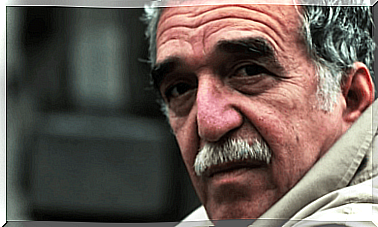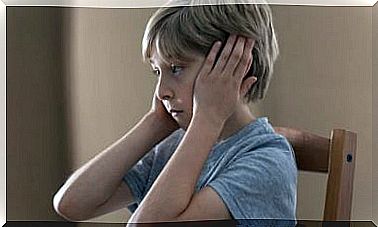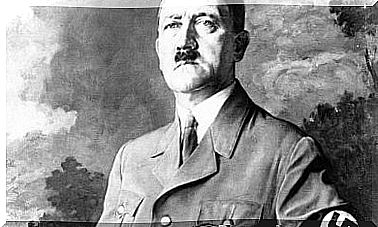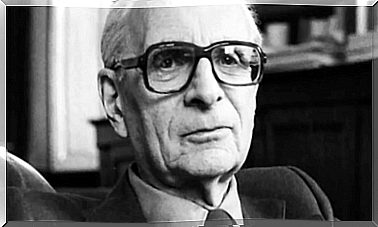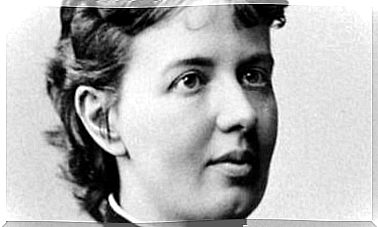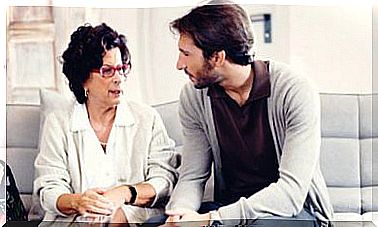How Can Non-verbal Language Block Our Communication? 7 Examples

Studies say that, on average, body language makes up 65% of communication. All the time we are sending messages through our gaze, our expression, gestures and postures. For this reason, it is convenient to identify that non-verbal language that blocks communication, since this can lead to difficulties in relationships with others.
The non-verbal language that blocks communication is one that sends a message of rejection or cut with the other. Most of the time, these types of messages are sent unintentionally. That is, they are issued without the person doing it being aware of it.
The problem is that unconsciousness does not prevent this body language from negatively affecting relationships with others. Also unconsciously, it usually has an unconscious rejection as a response. Thus, we are talking about a factor that, far from our focus of consciousness, can poison or feed our relationships in a healthy way. Let’s look at seven examples of that non-verbal language that blocks communication.
1. The look
The look is one of the essential elements in body language. It reflects a lot of who we are and what we feel. It is the central focus of communication, since it shows, like no other factor, the disposition that there is towards the interlocutor.
An excessively fixed gaze is one of the elements of non-verbal language that blocks communication. It has a hint of aggressiveness and is typical of those who pretend. When you stare at another without blinking, you are either being challenged , or you are lying.
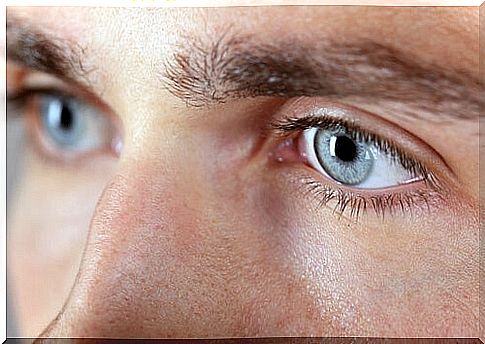
2. Inemotional face, an element of non-verbal language that blocks communication
The impassive face, without gestures or excessively tense, sends a blocking message. It is as if the person who is speaking is not really there. As if he’s not really involved in the interaction he’s having.
When a person gestures, they are more trustworthy. This is a sign of spontaneity and sincerity. On the other hand, if it is shown “as if it were sticky”, it will be treated accordingly. That is, as if it were not really present in the communication.
3. The volume of the voice
The volume of the voice almost always says much more than the words. There are those who speak in a very low tone, as if they have no right to say what they are expressing. From the outset, they downplay their own word.
Others, on the other hand, speak practically loudly. They invade with their tone of voice and the whole environment that surrounds them. What they are expressing through this volume is that they want to impose their word on others. This blocks communication.
4. Objects in the mouth
Sometimes people put objects in their mouth, while talking to others. They play with a pencil or any other element. It is also very common for them to run their fingers or hands over their lips while saying something. There are even those who cover their lips completely with their hands.
All these behaviors speak of a communication that is not spontaneous. There is insecurity and this leads to oral behavior. Unconsciously, it is as if it were trying to seek the mother again to support what is being said.
5. The smile
The smile is an element that opens the doors of communication. It means acceptance, warmth, liking. Show a good disposition in the other. If a person does not smile, it is possible that that facial seriousness puts some tension in the communication.
The fake smile is also one of the elements of non-verbal language that blocks communication. It gives a certain artificiality to what is said. It is detected because the person only laughs with the lips and not with the rest of the face.

6. The activity of the hands
There are people who cannot keep their hands still when they speak. If a person touches his ear, while listening to another, it means that he wants to block what he is hearing. It is a sign of rejection in front of what the other says.
On the other hand, when a person scratches his neck, while saying something, it means that he is not sure what he is expressing. It involves doubt and fear for what the other might think. Thus, it also contributes to blurring communication.
7. The arms
The crossed arms in many cases represent the representation of a defensive attitude. They would simulate a shield that we put in front of the other. Of course, this does not apply to situations where it is very cold and the other is simply trying to conserve as much body heat as possible.
When they shrug their shoulders, the message that is sent is one of mistrust. It is very common for this gesture to be accompanied by a hunched back. The person may feel helpless and overwhelmed by the situation.
All this non-verbal language that blocks communication shows what you often want to hide. Beyond polishing the gestures, what is really convenient is to evaluate what goes through our mind when interacting with others.

